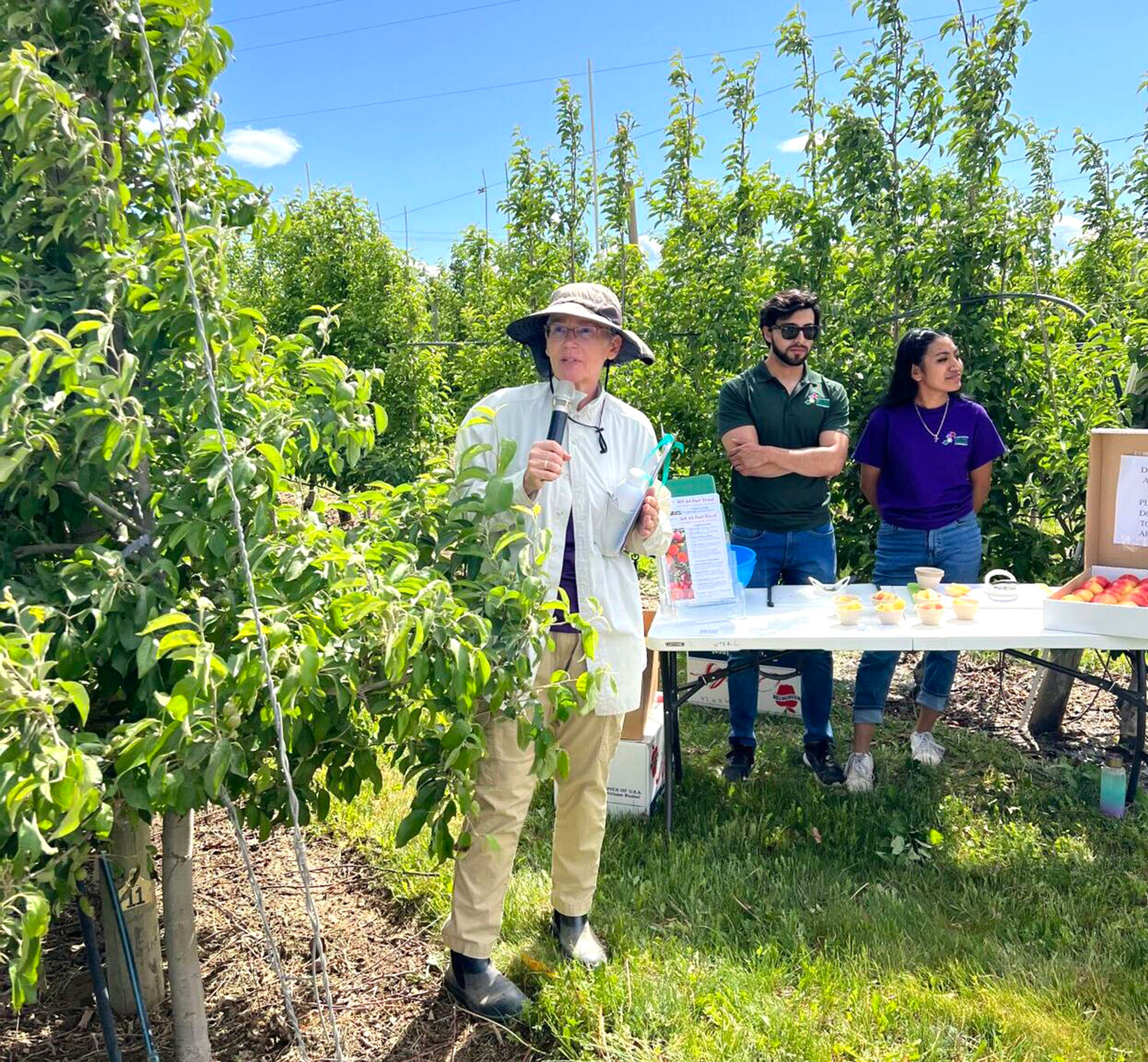Cattlemen have no beef with fast-food joints
AG FALL '09: PR director says Angus is a mark of quality in the industry, even if not all of it is certified
While the fast-food market has jumped on the Angus beef bandwagon, consumers may not be getting the same bite for their bucks.
Certified Angus beef requires careful inspection and accounts for 87 percent of the market share on branded beef, said Eric Grant, public relations director for the American Angus Association. The beef is provided proof of quality with a logo indicating it is certified Angus.
The association tried to trademark the name 30 years ago but failed, Grant said, because Angus is a breed first and a brand second, which means fast-food chains can tote the Angus name for burgers that are not truly certified Angus beef.
But Angus beef is still a top contender in the cattle market.
"It's a mark of quality and distinction for them," Grant said of fast-food restaurants grouping Angus next to their burgers, "even if it isn't certified Angus beef. People can use that name as they see fit."
About 640 million pounds of Angus beef will have been produced by the end of the year, Grant said, and 60 percent of cattle ranchers across the nation are reaping the benefits of these bovine.
"They're good, functional cattle for a ranch," Grant said. "We've been on a real growth pattern for about 30 years."
Ranchers can expect a reduced cost tending Angus cattle as opposed to commercial crossbreeds, he said, because Angus cows grow better and produce heavier calves.
It's all genetics, said Jack Field, executive vice president for the Washington Cattlemen's Association, and the Certified Angus Beef program won't even look at offspring that haven't come from registered Angus cattle.
"You can select a bull that's going to produce the optimum amount of rib eye or the specific amount of marbling," he said of the breeding process.
When Angus calves are bred, they are given a birth certificate, which is also handy in the international market where age matters, Field said. Japan, for example, requires an Angus cow to be around 20 months in age.
"The industry has seen a shift toward a stronger Angus push in the past few years," he said. "They seem to sell a little bit better than cattle that aren't."
But being an Angus cow doesn't guarantee certification, said Ron Rowan, marketing director for Beef Northwest Feeders, which operates three feedlots in Washington and Oregon.
"It's pretty tough criteria to meet what will qualify for their brand," Rowan said of certified Angus beef.
Inspection of the beef must result in a certain percentage of marbling, the size of the rib eye and a limited amount of back fat, he said, adding cattle with black hides are roundly accepted while others must have a parent that is registered as a black Angus.
Luckily, it is the flavor of true Angus beef that draws carnivorous appetites - and not the doppelganger served at some fast-food joints, Grant said.
"We've seen a shift away from restaurants," he said. "Consumers are now going to the grocery store looking for the same great product."
---
Macz may be contacted at
bmacz@lmtribune.com or
(208) 848-2275.











